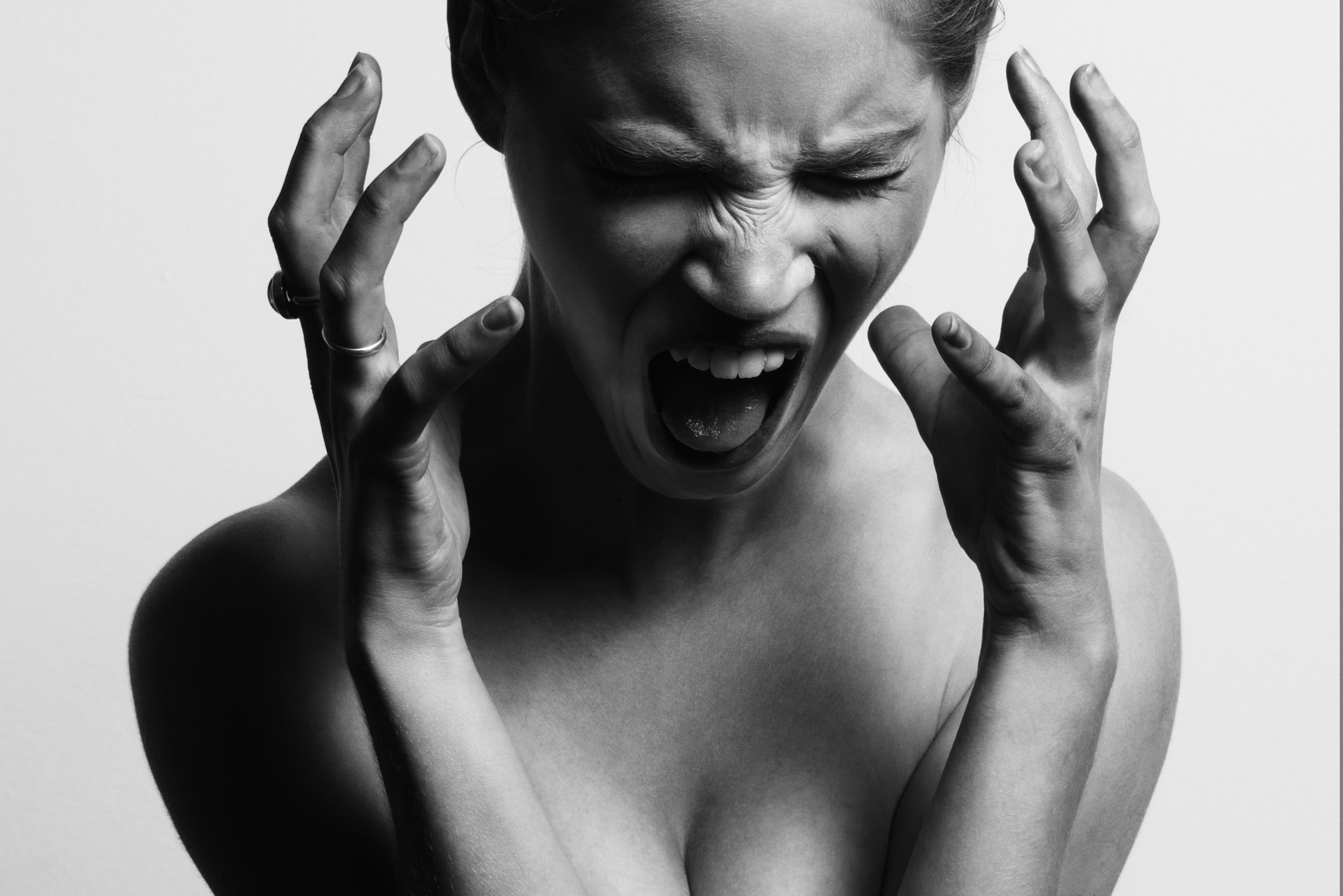
I’m having a panic attack! how can mindfulness help?
For over 10 years I worked at two G.P. Surgeries in the North East of England. Common themes and issues that patients brought to my clinic included low mood, relationship problems, anxiety and bereavement. Around 2010 things changed, perhaps it was part of a social phenomenon, but incidences of panic attacks spiked. By 2012 it was unusual if 40% of my caseload (up from 10% in 2007) was not panic-related therapy.
But what is a panic attack? There are a number of ways of defining or describing panic attacks, but most agree that a panic attack is a sudden and very intensely gripping experience of fear, it includes shortage of breath, palpitations, shaking, sweating and numbness. The attack might last 15 to 30 minutes itself, though the after affects might last considerably longer, and though they are not typically fatal, having a panic attack can feel like you are about to die.
Here’s a fuller list from the DSM 5[1]
- Palpitations, and/or accelerated heart rate
- Sweating
- Trembling or shaking
- Sensations of shortness of breath or being smothered
- Feeling of choking
- Chest pain or discomfort
- Nausea or abdominal distress
- Feeling dizzy, unsteady, lightheaded, or faint
- Derealization (feelings of unreality) or depersonalization (being detached from oneself)
- Fear of losing control or going insane
- Sense of impending doom
- Paresthesias (numbness or tingling sensations)
- Chills or hot flashes
Wikipedia says they affect 3% of the U.K. population (that does not gel with my clinical experience, I’d say it’s larger, but then I would do, I see these folks rather often) and impacts more on women than men.
There are a number of “causes” of panic attacks, for example the trauma of loss or a marriage breakdown, a road traffic accident, phobias, negative self talk or a habituated response to a threat (e.g. having a panic attack sets up the habit-response of having a panic attack) -these are just some of the ways that a panic attack might be triggered.
Essentially a panic attack is our sympathetic nervous system (SNS) being triggered. This is often more colloquially known as our fight or flight system (there is also a more primitive aspect, freeze). It’s no surprise that our nervous system is, well, a “nervous” system; we can get triggered by threats, real or imagined (to the brain it makes little difference) and our hypothalamus recalls this and gleefully allows us to trigger and trigger again. Whoopee.
Okay, but what is a panic attack, beyond the pain and symptoms?
There is an increasing school of thought[2] (and I belong to this school) that a panic attack is your body’s way of waking you up (okay, it could try a beep alarm not this nightmare wakeup, but you would probably not take as much notice) to its presence, that it’s really time to become more embodied[3]. You see, a lot of us try to fight panic attacks by thinking or battling our way through, but practices in mindfulness have shown that if we pay attention and stay with the experience of panic (okay, much easier said that done) we can treat panic attacks, and treat then quite quickly, too.
When we are treating panic attacks, we are fundamentally bringing back on line the PNS or parasympathetic nervous system, sometimes called the relaxation response or soothing system; the panic throws you into fight and flight, the “para” calms you down, most effectively by bringing you back into your body, safely and grounded.
How to get back to the body?
There are a number of methods used. They can be collated, I believe under the heading of mindfulness of the body:
- Breathing: practice deep breathing into the belly. Breathe in to the count of 4/5 and out again. This should be done proactively, for around 3-5 minutes of the day, it’s a great way to start and energise your day
- STOP practice: stop (pause), take a breath, observe what’s happening (perhaps naming, touching the world around you), proceeding
- Learning about what a panic attack is. Go back to the top of the page
- Medication: see your G.P. for advice
- Therapy: a cognitive behavioural type of therapy to you help challenge beliefs, lifestyle and any cognitive distortions that are skewing your life
- Mindfulness: to help you bring self compassion to you and ground back into your body
- Walking in nature, the beach, gently getting back into the body
Panic attacks are seriously debilitating, but they can be worked with and though: there is an effective treatment path, don’t suffer needlessly, get help!
[1] https://www.psychiatry.org/psychiatrists/practice/dsm
[2] E.g. https://www.elephantjournal.com/2017/10/how-i-completely-healed-my-panic-attacks/
[3] https://www.amazon.co.uk/Calming-Rush-Panic-Mindfulness-Based-Reduction/dp/1608825264/ref=sr_1_34?ie=UTF8&qid=1546964939&sr=8-34&keywords=mindfulness+panic+attacks





Write a Comment